
Bishop Edward J. Weisenburger | Diocese of Tucson website
In a recent Sunday Mass, a 6-year-old boy posed a thought-provoking question to his younger sister, asking, "What was the first tabernacle?" His sister, unsure of the answer, received a surprising response from her brother, who confidently answered, "Mary, of course! Her tummy held Jesus for the first time." This innocent exchange led their father, Michael R. Heinlein, to reflect on the significance of the tabernacle throughout history and in the present day.
As the family continued their reflections, Heinlein considered the idea of subsequent "tabernacles." He speculated on the manger, the arms of the innkeeper's wife, or even a shepherd as possible vessels that held the Lord. Regardless of who or what served as these subsequent tabernacles, it was clear that they were unworthy places for the Lord of the universe.
Shifting his focus to the tabernacles of today, Heinlein noted the beautiful receptacles crafted of precious metals found in churches and chapels. These tabernacles hold the Eucharistic species remaining after Mass, reserved for the sick, the dying, and for worship and adoration outside of Mass. The presence of Jesus in the tabernacle is signified by the glowing sanctuary lamp, calling believers to show reverence and devotion to Christ's sacramental presence.
Heinlein then extended the concept of the tabernacle to each individual. He emphasized that through baptism, every person becomes a tabernacle, a member of Christ's body and a temple of the Holy Spirit. When receiving Holy Communion, the body, blood, soul, and divinity of Christ dwell within each believer, similar to how the Word was made flesh in Mary's womb.
Just as the beauty and location of a tabernacle reveal its contents, Heinlein pointed out that the evidence of virtue in a person's life reveals Christ's presence within them. It is through our actions and how we respond to struggles and difficulties that others come to know Christ dwells in us. By allowing God's grace to nourish and develop the gifts bestowed upon us, we become living tabernacles, reflecting Christ's holiness to the world.
The article concludes with a call to live as Christ did, using the Eucharist as a source of grace and guidance. The Eucharist serves as a roadmap to virtue, a blueprint for holiness, and the key to unlocking the tabernacle of our hearts, allowing Christ to dwell within us and make His presence known to the world.
While the second tabernacle remains a mystery, the article reminds readers that each individual has a calling to be a tabernacle in the world. By opening our hearts and allowing Christ to dwell within us, we can have a profound impact on those around us. Through faithfully accepting this calling, the world may come to believe in Christ through our witness.
As the young boy's question prompted deep reflections on the concept of the tabernacle, it serves as a reminder for all believers to consider the significance of Christ's presence in their lives and the impact it can have on the world.
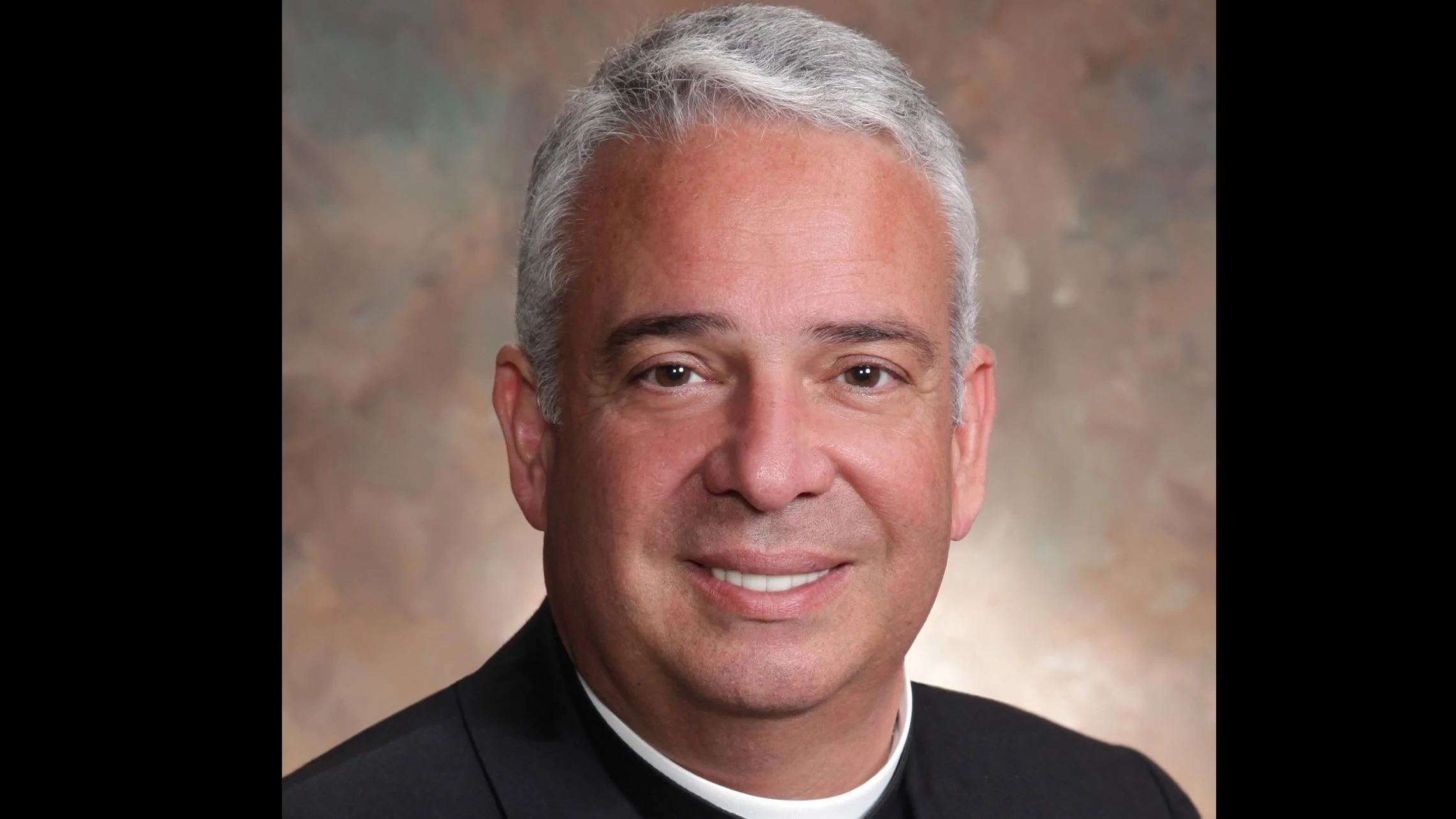
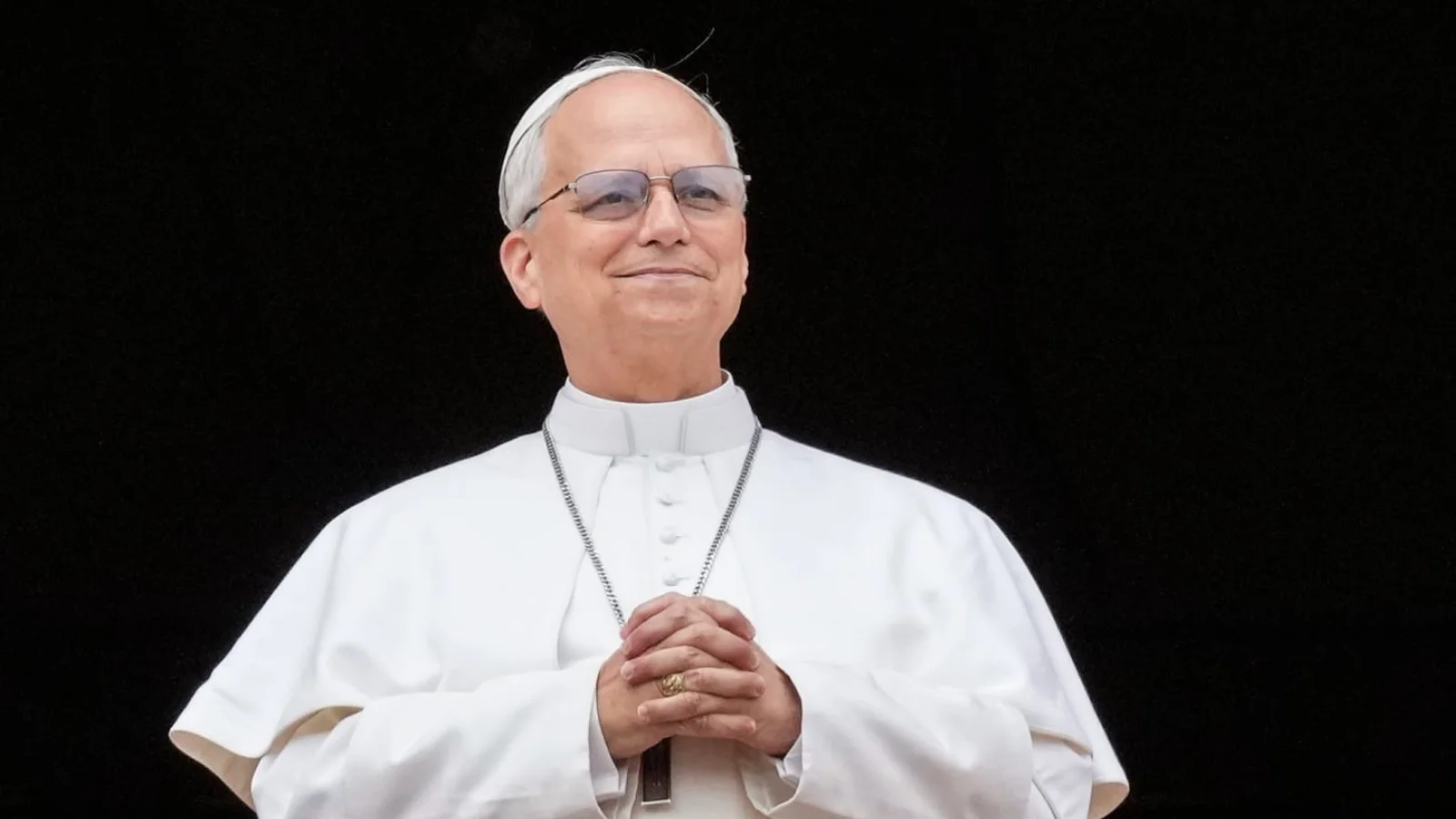
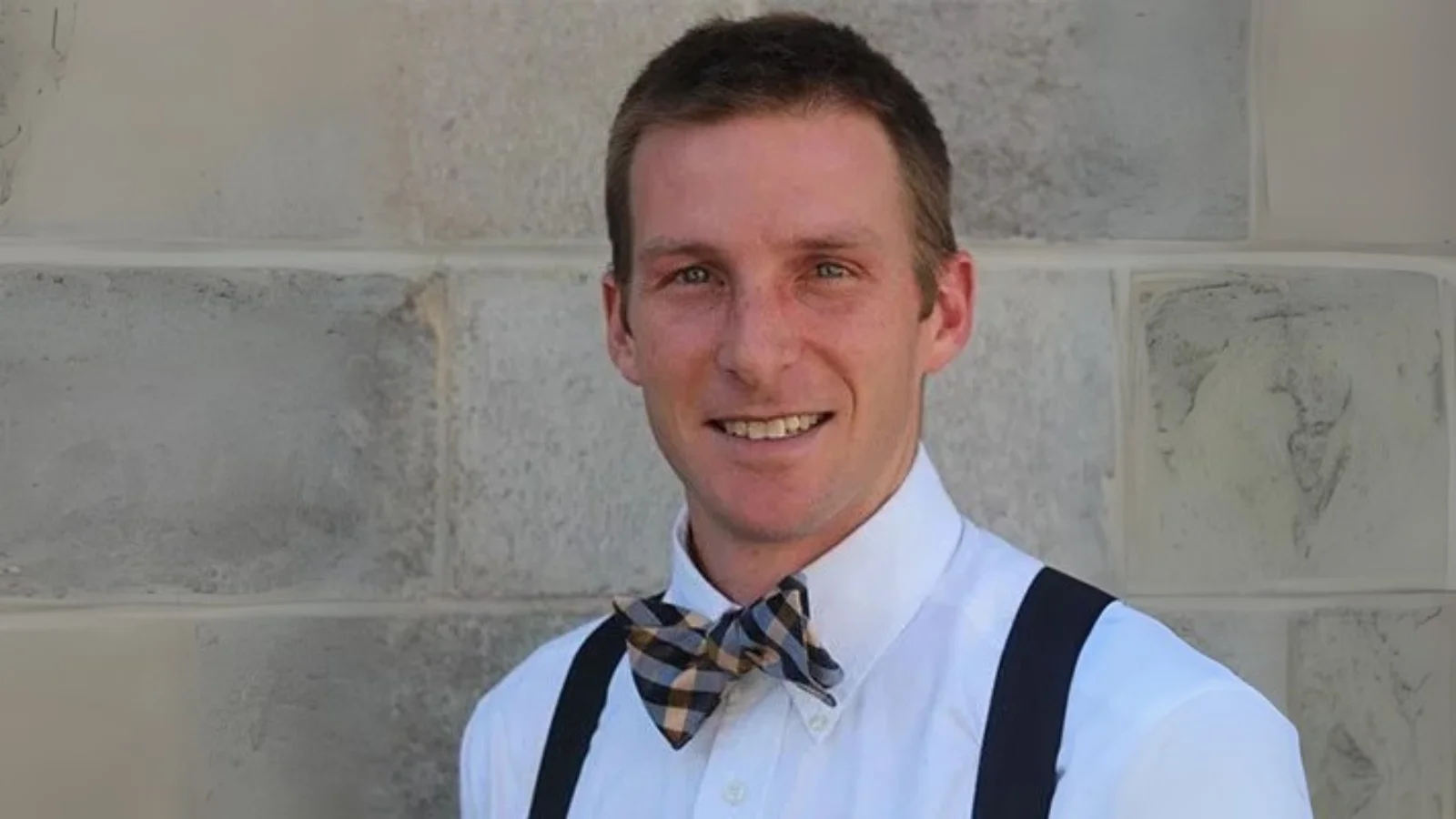
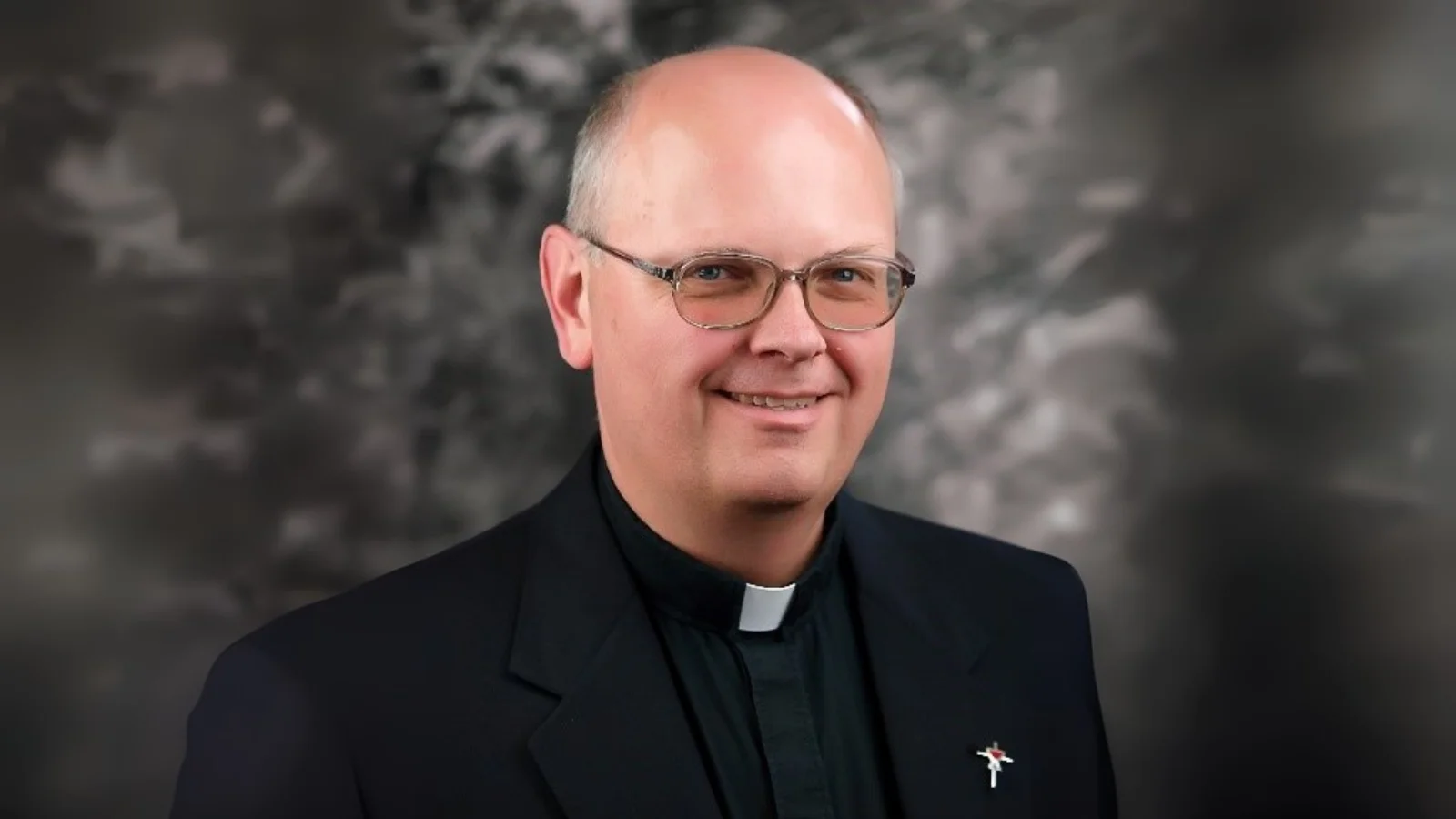

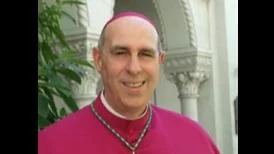
 Alerts Sign-up
Alerts Sign-up